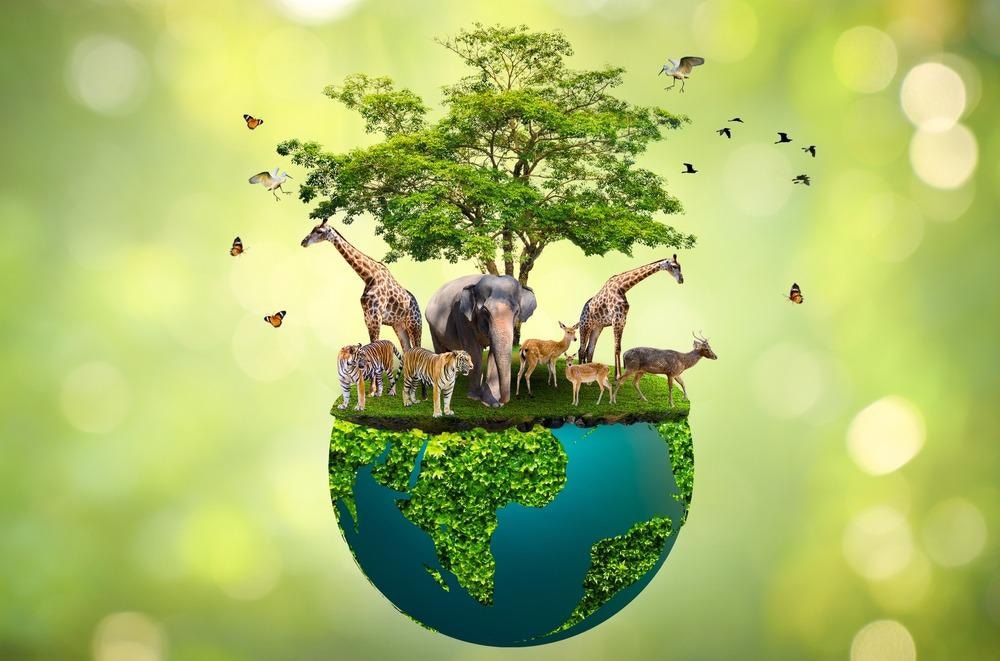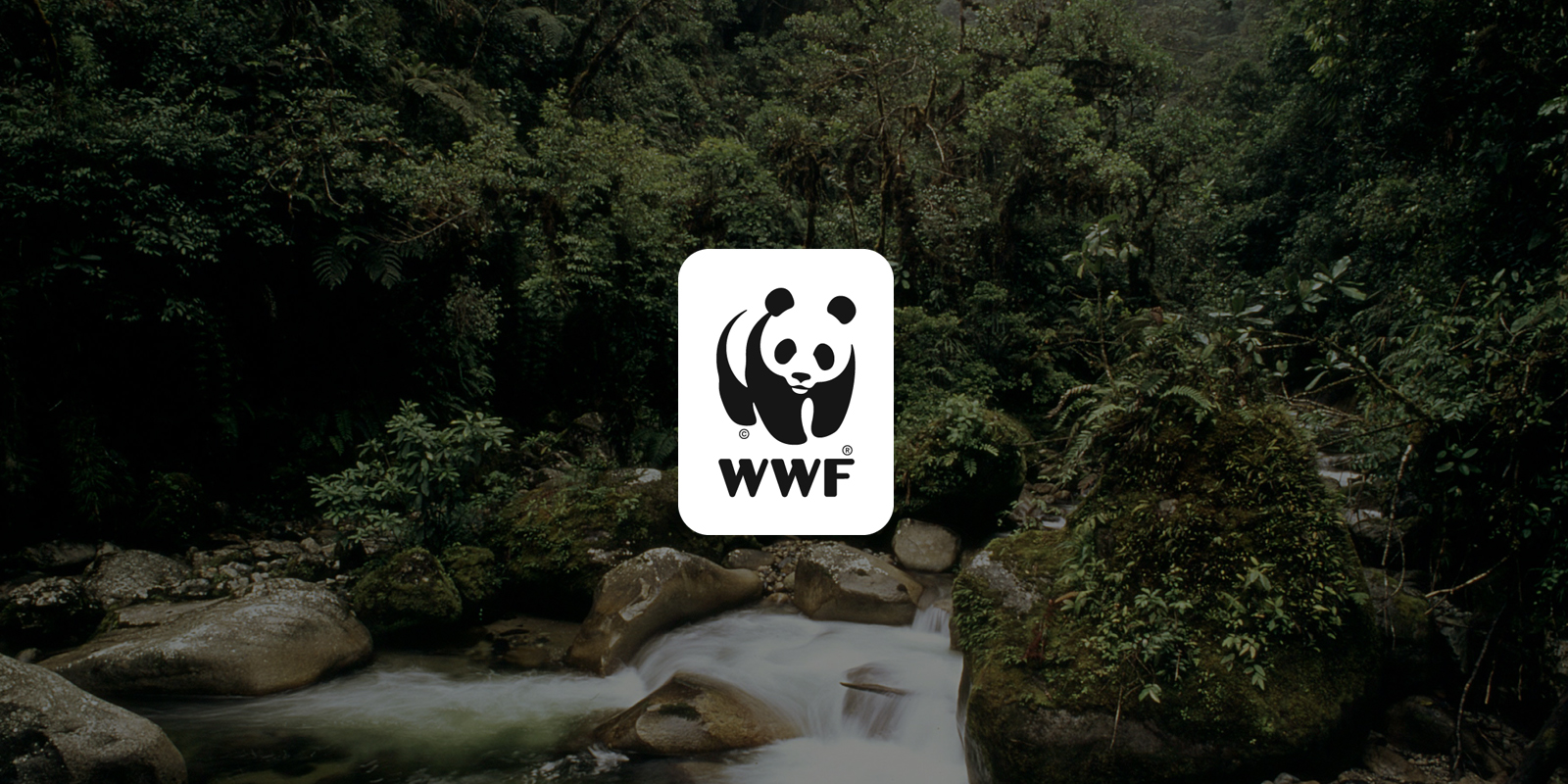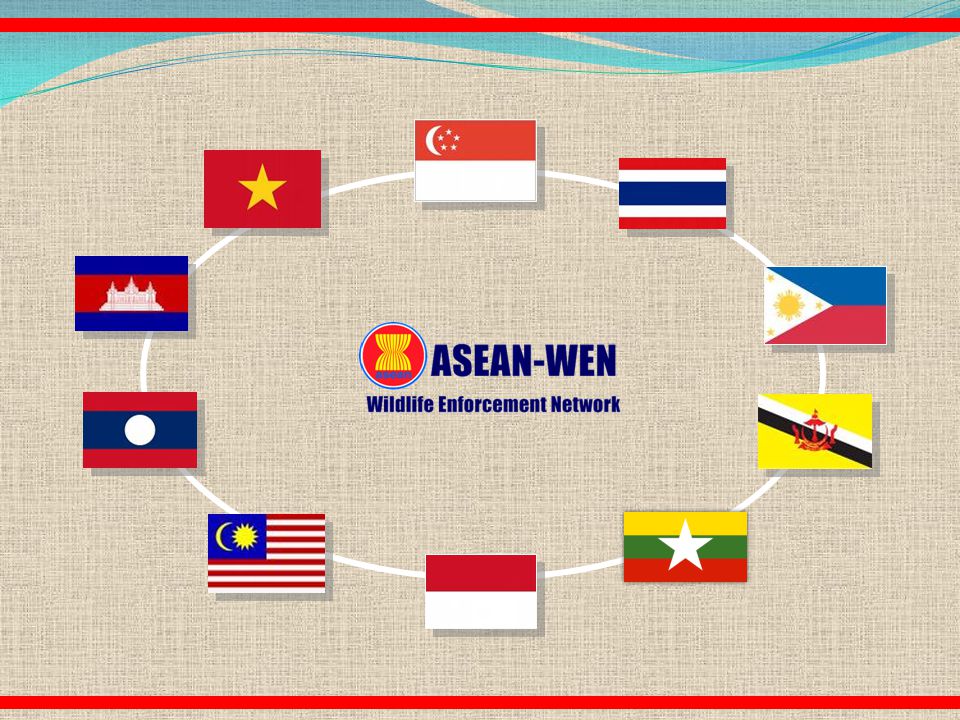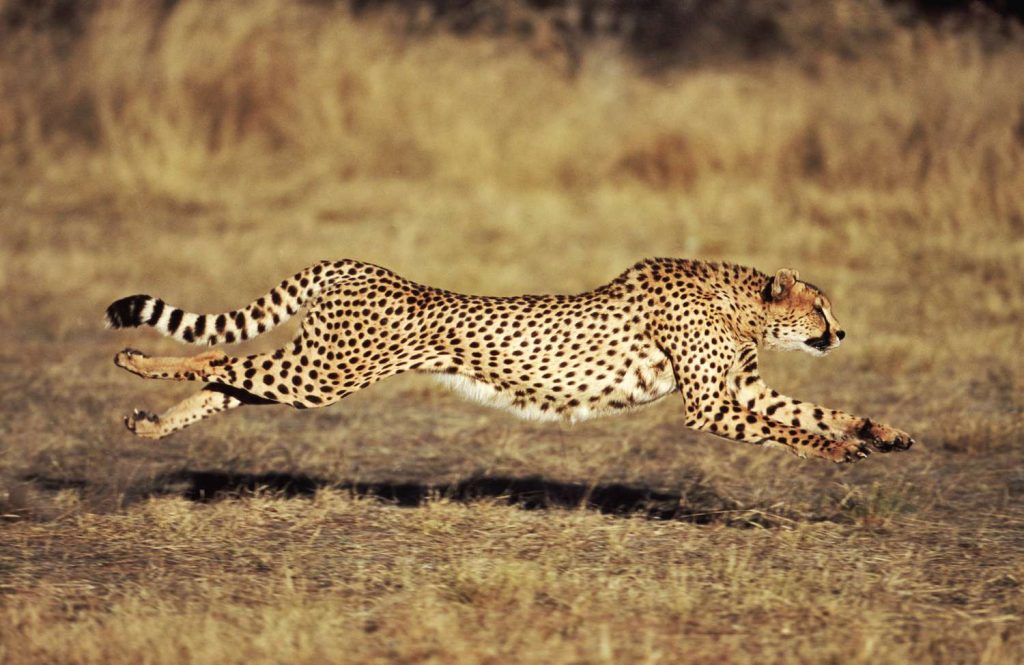Wildlife conservation is more critical than ever as the global biodiversity crisis continues to threaten countless animal species. Habitat destruction, illegal hunting, climate change, and pollution are just a few of the leading factors driving species to extinction at an alarming rate. In response, governments, NGOs, and communities worldwide are working together through a variety of wildlife conservation programs aimed at preserving the planet’s rich biodiversity.
In this article, we’ll explore some of the most notable conservation initiatives happening today, how they operate, and why they are crucial for the future of wildlife and humanity alike.
1. What Is Wildlife Conservation?

Wildlife conservation refers to the practice of protecting wild animals and their habitats to prevent species from disappearing. This involves everything from habitat restoration and anti-poaching patrols to breeding programs and environmental education. Conservation can be local, national, or international, and often involves collaboration between scientists, governments, and indigenous communities.
2. International Conservation Programs
a. WWF Global Conservation Program

The World Wide Fund for Nature (WWF) is one of the most influential environmental organizations, operating in over 100 countries. Their global programs focus on species such as tigers, elephants, rhinos, and marine life. WWF supports fieldwork, strengthens environmental policies, and educates the public.
One successful example is the TX2 goal, aiming to double the number of wild tigers by 2022. Since its launch, tiger populations have increased in countries like India, Nepal, and Bhutan thanks to improved law enforcement and habitat management.
b. Convention on International Trade in Endangered Species (CITES)

CITES is a global agreement among 184 countries to regulate the international trade of endangered species. The program aims to ensure that trade does not threaten species survival. Species listed in Appendix I, for example, are considered most endangered and are strictly protected.
3. Regional and Local Initiatives
a. ASEAN Wildlife Enforcement Network (ASEAN-WEN)

This Southeast Asian initiative works to combat illegal wildlife trade across borders. With support from various conservation partners, ASEAN-WEN connects law enforcement agencies, promotes information-sharing, and enhances capacity building. This is particularly vital for countries like Vietnam, Thailand, and Indonesia, which are often transit points or markets for wildlife trafficking.
b. Vietnam’s Primate Conservation Programs

Vietnam is home to some of the world’s most endangered primates, such as the Tonkin snub-nosed monkey and Red-shanked douc langur. Conservation programs here focus on habitat protection, ecotourism development, and community education.
One notable effort is at Cúc Phương National Park, where the Endangered Primate Rescue Center (EPRC) rehabilitates rescued primates and raises awareness about their plight.
4. Species-Specific Conservation Projects
a. The Snow Leopard Trust
Operating across Central Asia, this organization works with local communities in countries like Mongolia, India, and Kyrgyzstan to protect snow leopards. By engaging herders and providing economic incentives such as livestock insurance and eco-friendly handicraft programs, they reduce retaliatory killings and habitat destruction.
b. Save the Elephants (STE)
Founded in Kenya, STE uses GPS tracking, community education, and policy advocacy to protect African elephants. The organization also combats poaching by training rangers and supporting legal reforms.
5. Marine Wildlife Conservation

Oceans are among the most threatened ecosystems, and marine animals like sea turtles, whales, and coral species face numerous dangers.
a. Sea Turtle Conservancy (STC)
This U.S.-based NGO focuses on the conservation of sea turtles through habitat protection, satellite tracking, and education programs in the Caribbean and Central America. Its Turtle Safe Lighting Program has significantly reduced hatchling mortality caused by artificial lights on beaches.
b. Coral Triangle Initiative (CTI)
Covering Indonesia, Malaysia, the Philippines, Papua New Guinea, Solomon Islands, and Timor-Leste, the CTI focuses on conserving marine biodiversity and ensuring sustainable fisheries. It promotes marine protected areas (MPAs) and community-based coastal resource management.
6. The Role of Technology in Conservation
Modern conservation efforts increasingly rely on advanced technologies:
- Drones and satellite imagery help monitor large areas of forests and track animal migrations.
- Camera traps provide insights into animal behaviors and population sizes.
- DNA analysis assists in identifying and protecting genetically distinct species and curbing illegal trade.
- Artificial Intelligence (AI) and Big Data help predict poaching hotspots and analyze trends.
7. Community Involvement: The Key to Long-Term Success
A common thread in many successful conservation programs is local community involvement. Without the support of the people who live near wildlife habitats, conservation cannot be sustainable.
Programs such as Payments for Ecosystem Services (PES) reward local people for protecting forests or wetlands. Ecotourism also offers a powerful incentive for conservation by turning wildlife into valuable assets for communities.
For example, in parts of Africa and Southeast Asia, community-run wildlife reserves and lodges provide income, jobs, and education, turning former poachers into conservation allies.
8. Challenges Ahead
Despite great strides, wildlife conservation still faces significant challenges:
- Climate change is altering habitats and disrupting migration patterns.
- Illegal wildlife trade remains lucrative and hard to combat, especially online.
- Political instability can undermine conservation efforts.
- Limited funding and resources continue to hamper many programs.
Addressing these issues requires stronger global cooperation, policy enforcement, and public engagement.
Conclusion
Wildlife conservation is a race against time, but the commitment and innovation behind many current programs offer hope. By supporting conservation efforts — whether through donations, responsible travel, or spreading awareness — each of us can contribute to preserving the rich diversity of life on Earth.
Every animal protected today is a step toward a more balanced, sustainable future.
Related Articles:
- The Urgency of Wildlife Protection in Southeast Asia
- How Logistics Support Environmental Protection Projects














